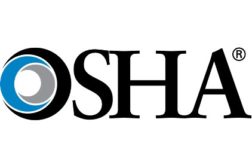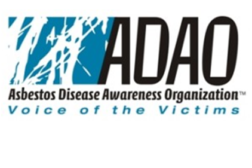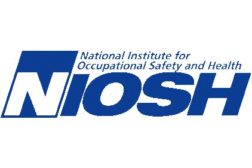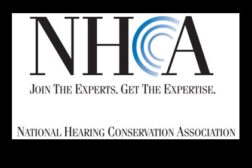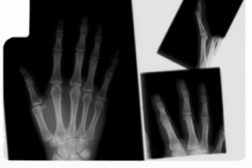Environmental Health and Safety
Delay angers advocates, but administrators point to missing documentation
Read More
Company fined $2+ million for failing to tell workers about chemical risks
The issue: Hexavalent chromium exposure
November 20, 2013
OSHA launches new local emphasis program for industries that use hazardous chemicals
EPA release data will be used to select participants
November 19, 2013
Controversial asbestos bill draws fire from victims’ group
“One more bureaucratic hurdle that delays compensation”
November 19, 2013
2014 Annual NHCA Conference - "Stop Gambling with Your Hearing"
Attendee Registration Now Available!
November 14, 2013
Sick miners denied black lung benefits due to Johns Hopkins' x-ray findings
Doctor fails to find black lung disease in more than 1,500 cases
November 11, 2013
Calif. passes bill to protect health care workers from toxic drugs
Chemotherapy drug handling linked to higher cancer risk
November 6, 2013
Become a Leader in Safety Culture
Build your knowledge with ISHN, covering key safety, health and industrial hygiene news, products, and trends.
JOIN TODAYCopyright ©2025. All Rights Reserved BNP Media.
Design, CMS, Hosting & Web Development :: ePublishing

